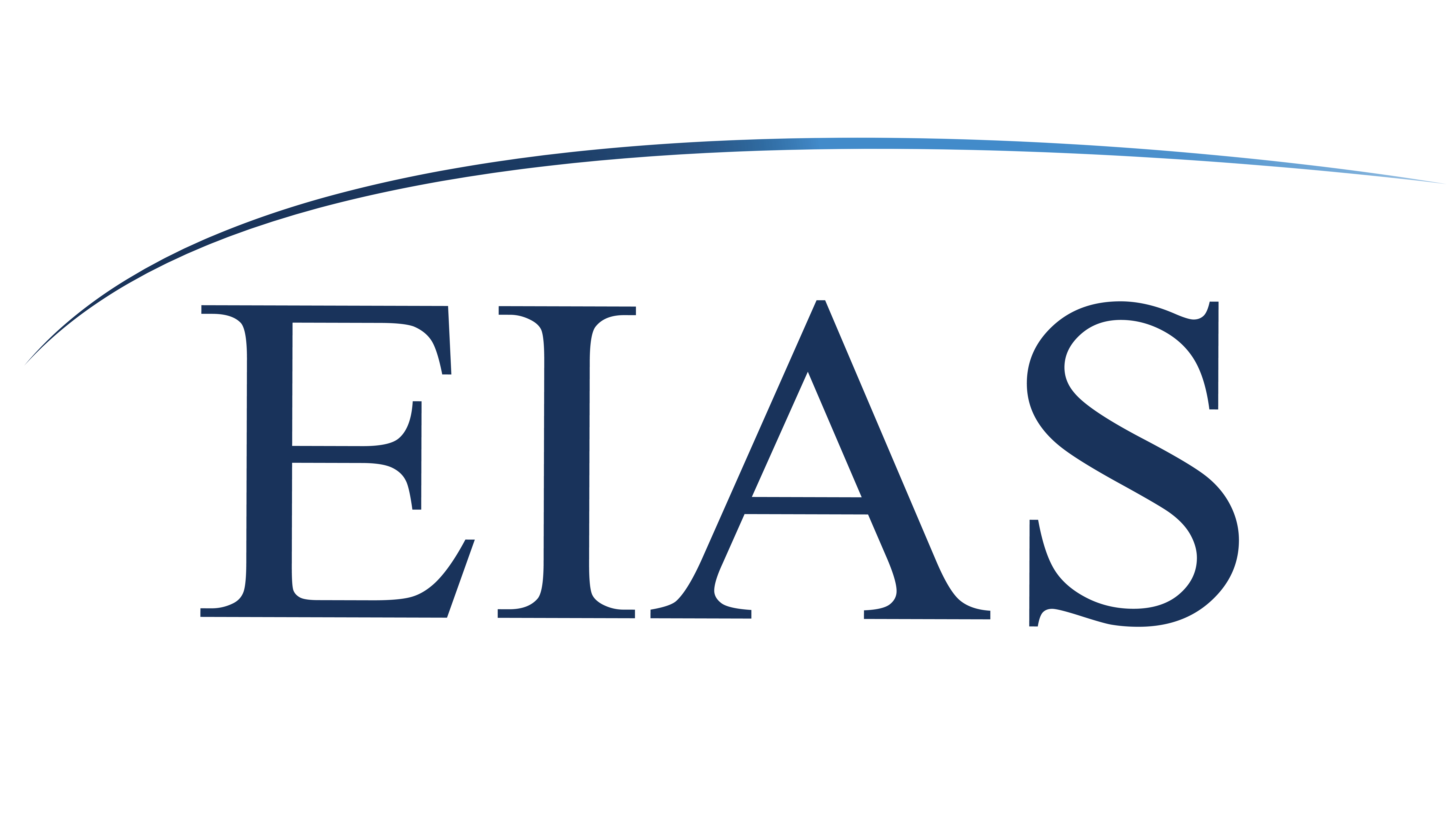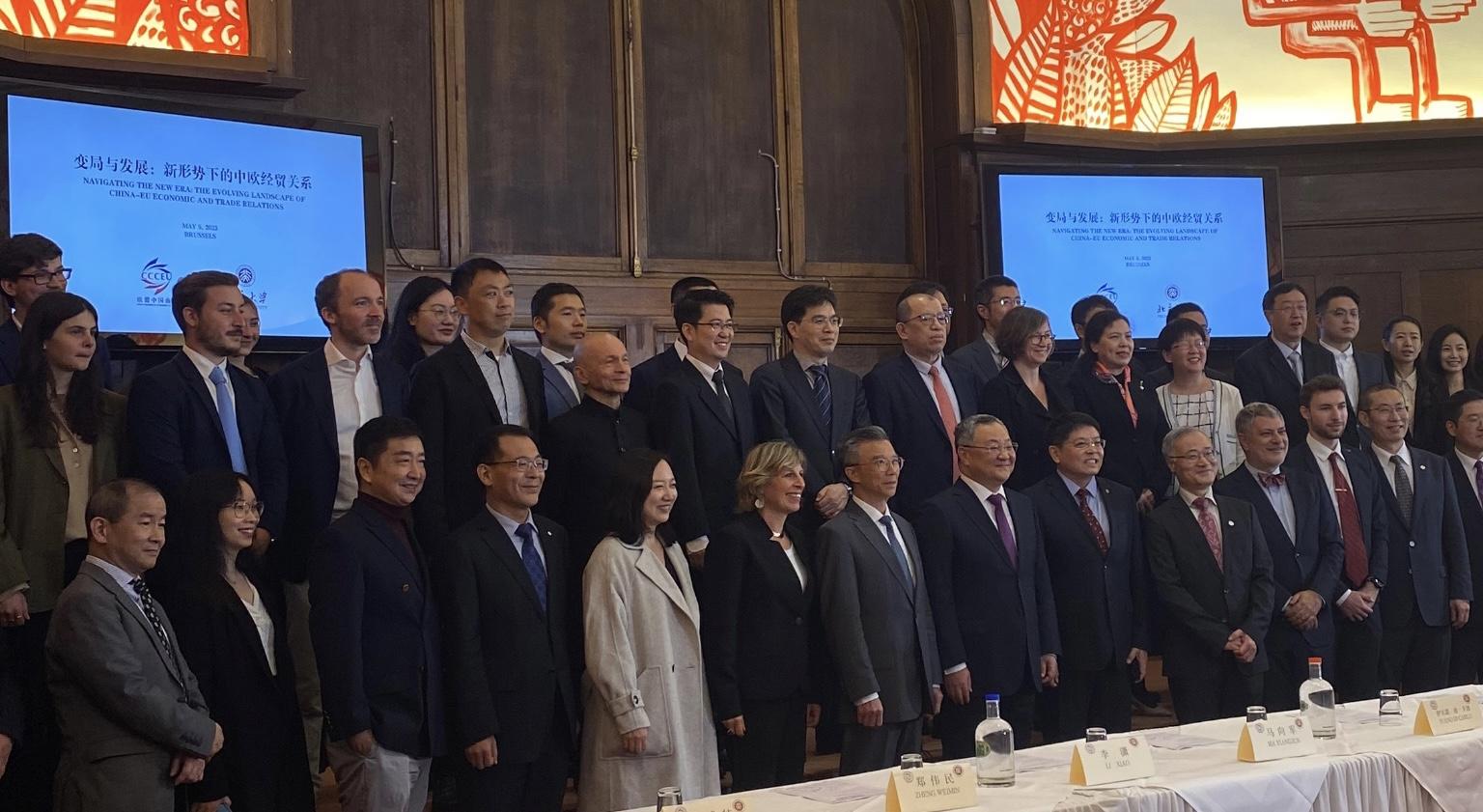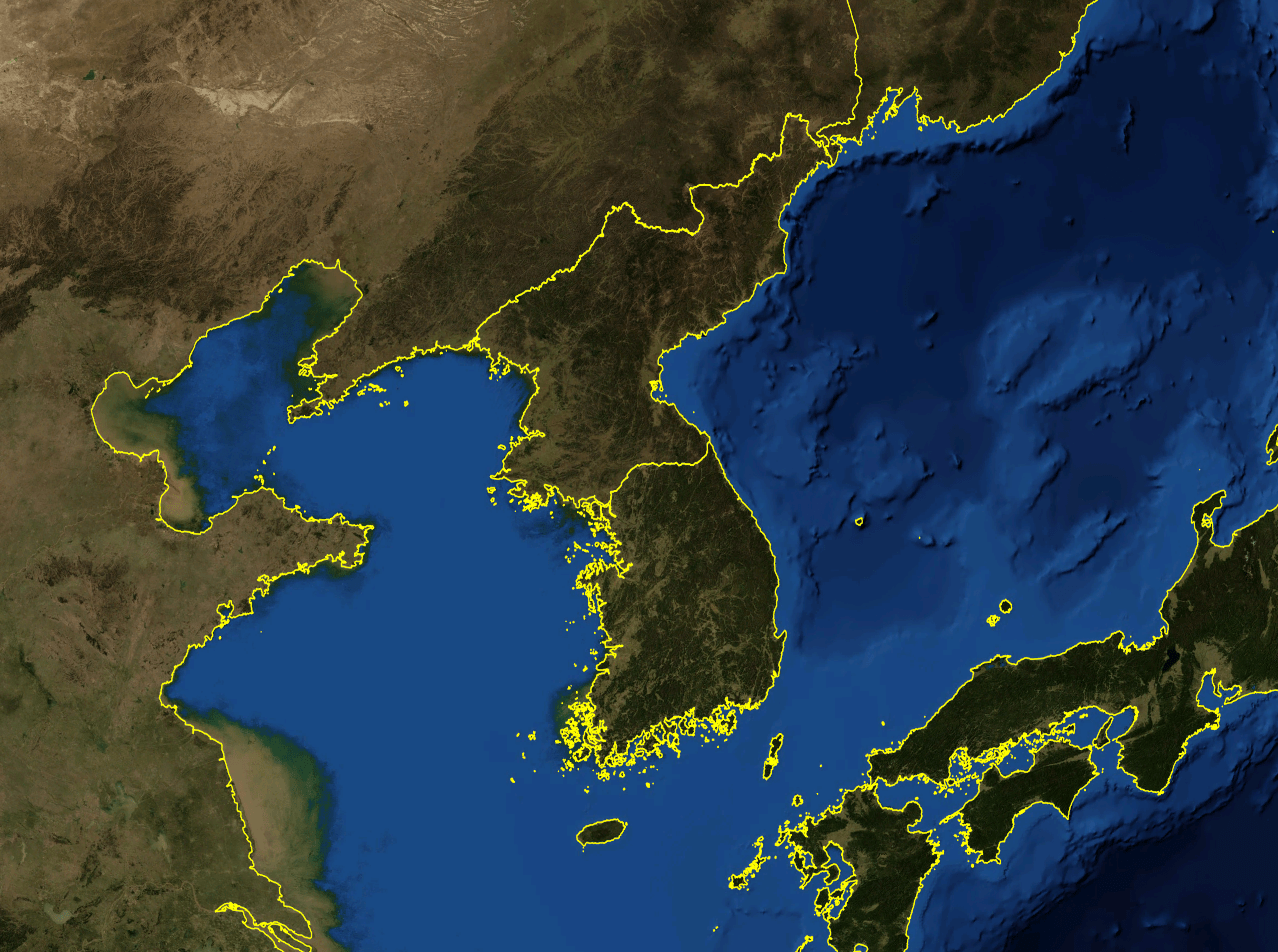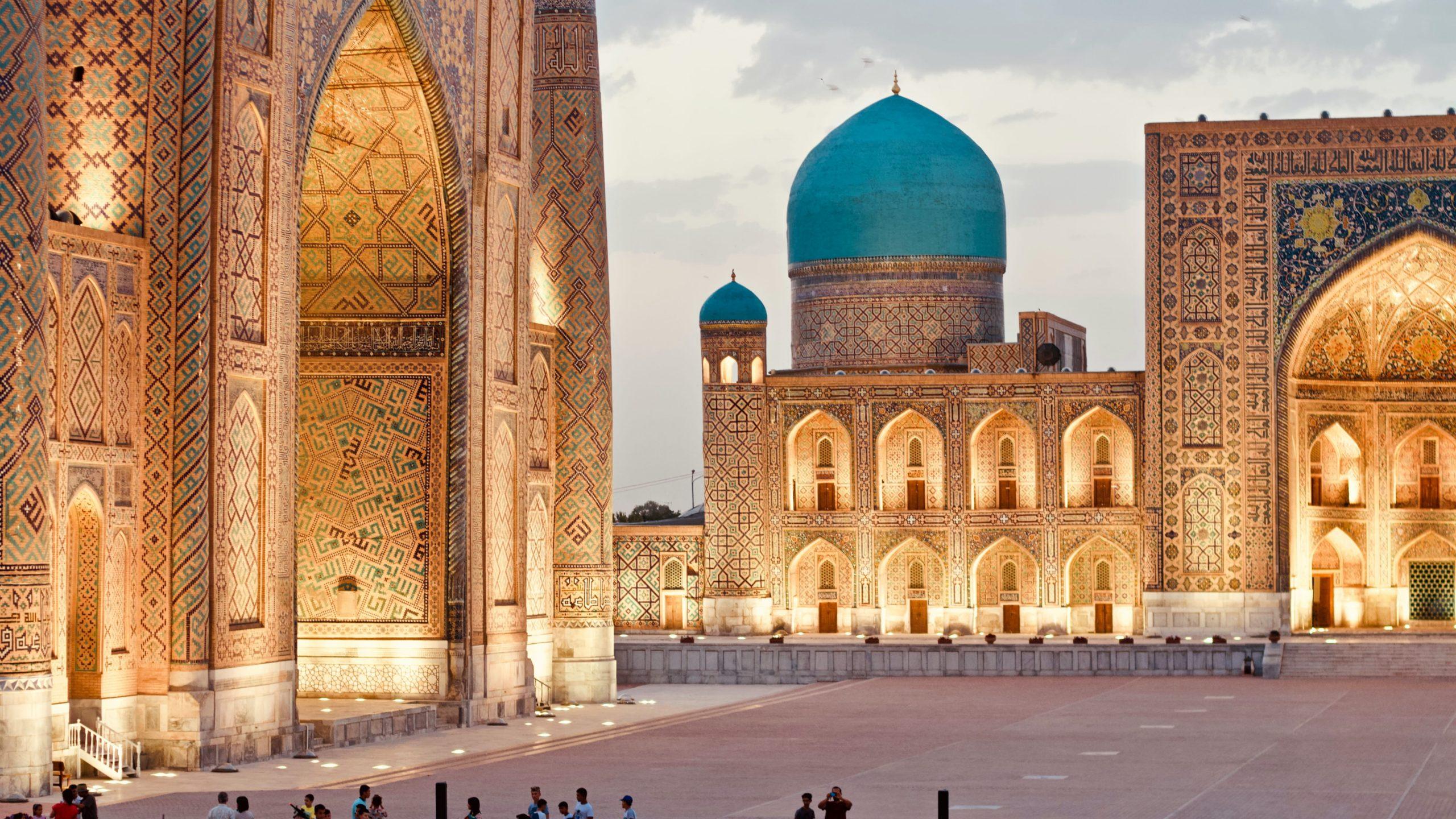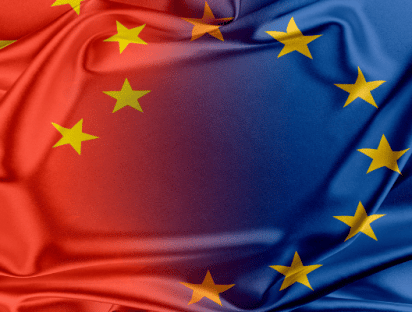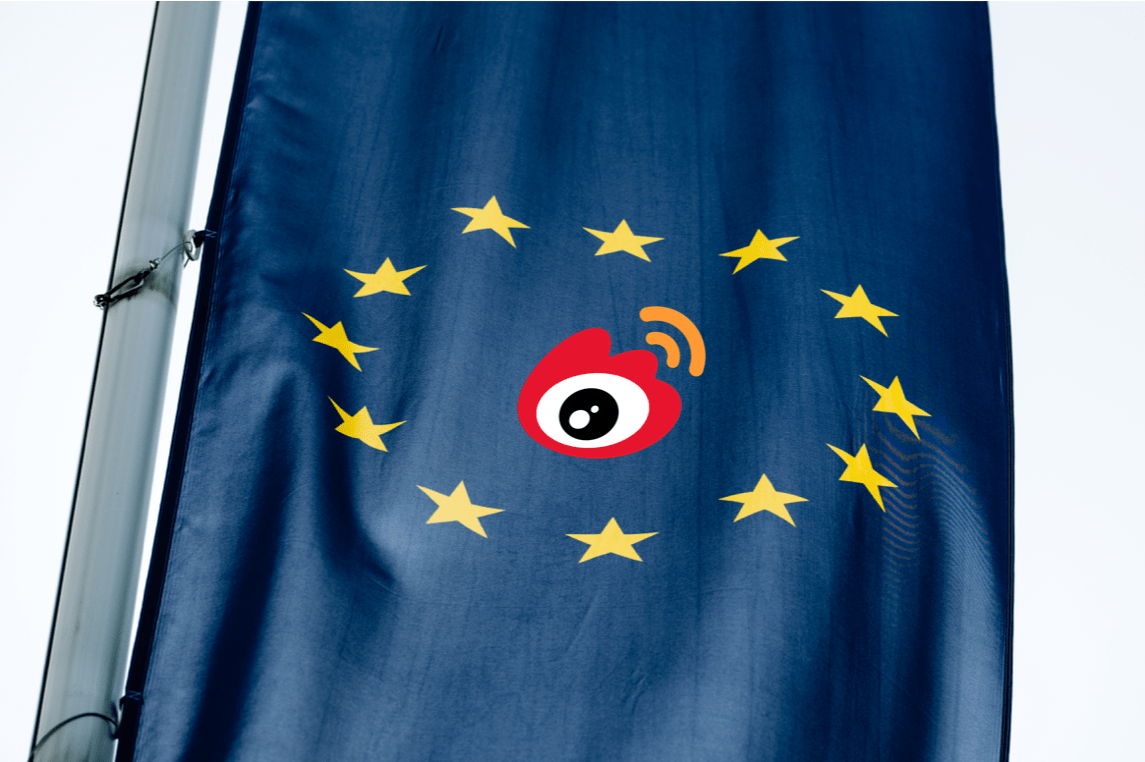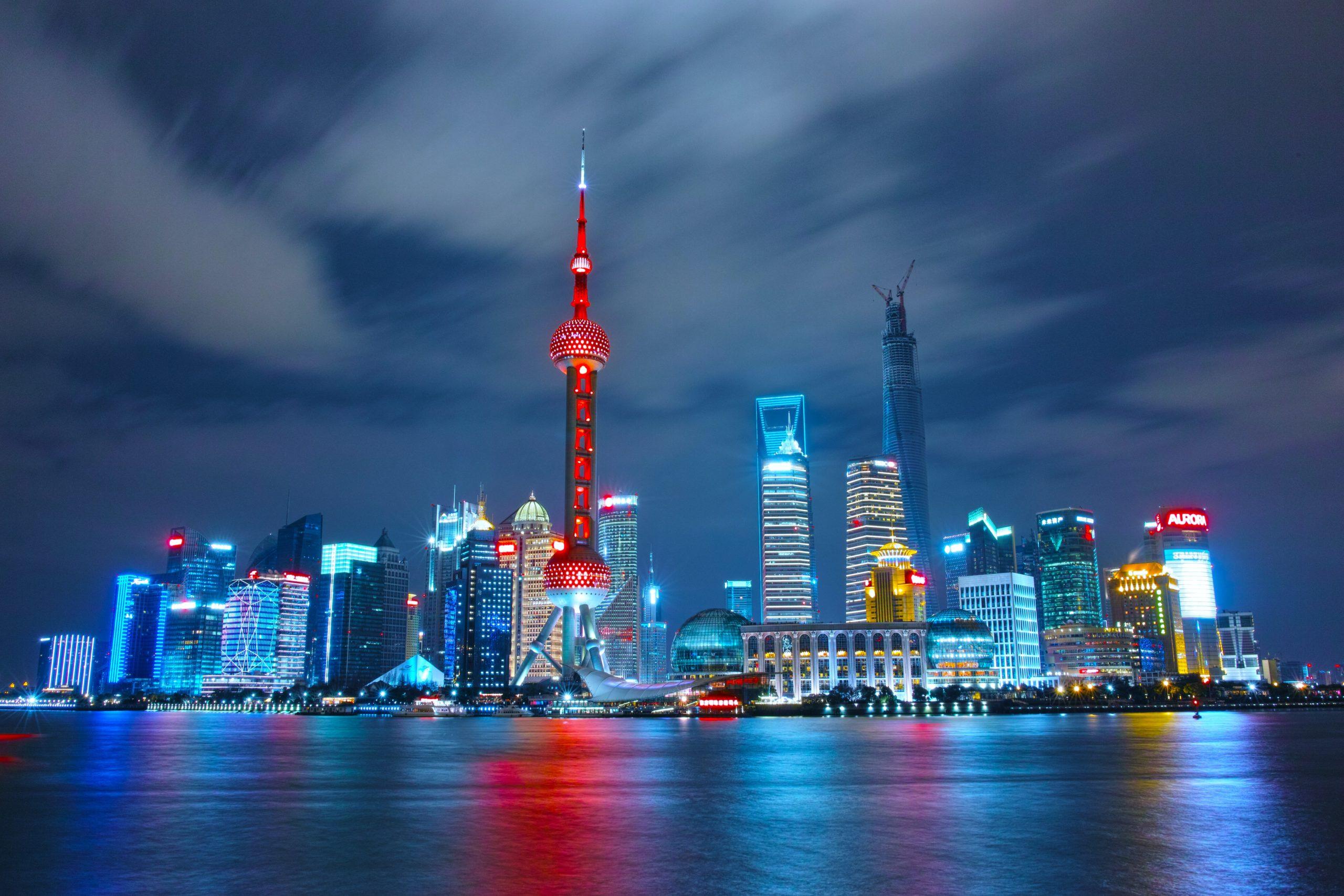
Germany’s New China Strategy and its Implications for EU-China Relations
On 13 July 2023 Germany released its first-ever China Strategy, of which its inception has been driven by the new geopolitical equilibrium between Berlin and Beijing. China, Germany’s largest trading partner, has become a more assertive actor at the global stage and “as a result of this, we need to change our approach” Foreign Minister Annalena Baerbock declared at the presentation of the long-awaited paper.
